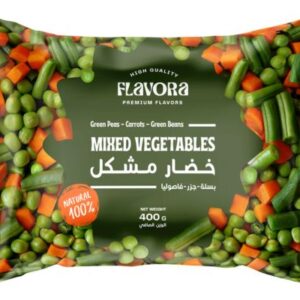Description
1. Description: Frozen spinach consists of the tender leaves of the spinach plant, which are harvested, cleaned, processed, and frozen to preserve their flavor, texture, and nutritional value. Spinach leaves are typically dark green and have a slightly earthy flavor with a delicate texture when cooked. They are valued for their high levels of vitamins, minerals, and antioxidants.
2. Production Process: The production of frozen spinach involves several stages:
- Harvesting: Spinach leaves are harvested when they are young and tender, typically before they become too fibrous.
- Cleaning: The harvested leaves undergo thorough cleaning to remove any dirt, debris, or impurities.
- Blanching: The cleaned leaves are briefly blanched in boiling water or steam to preserve their color, texture, and nutritional content.
- Cooling: After blanching, the leaves are rapidly cooled to stop the cooking process and maintain their freshness.
- Chopping/Shredding: The blanched leaves may be chopped or shredded into smaller pieces, depending on the desired product format.
- Freezing: The processed spinach leaves are quickly frozen using blast freezers or individual quick freezing (IQF) technology to maintain their quality and prevent the formation of large ice crystals.
- Packaging: The frozen spinach is then packaged into bags or containers, often with a protective coating to prevent freezer burn.
3. Storage Requirements: Frozen spinach should be stored at temperatures below 0°C (32°F) to maintain its quality. It should be kept in airtight packaging to prevent moisture loss and freezer burn. Proper storage conditions help preserve the leaves’ flavor, texture, and nutritional content for an extended period.
4. Quality Standards: Quality standards for frozen spinach include:
- Color: The leaves should retain their characteristic dark green color.
- Texture: The leaves should have a tender texture when cooked, without being mushy or stringy.
- Flavor: Frozen spinach should have a fresh, slightly earthy flavor with no off-tastes or odors.
- Absence of defects: The leaves should be free from signs of freezer burn, discoloration, mold, or other defects.
5. Nutritional Value: Frozen spinach is a highly nutritious vegetable rich in vitamins, minerals, and antioxidants. It is particularly high in vitamin K, vitamin A, vitamin C, folate, iron, and calcium. Additionally, spinach contains phytonutrients such as lutein and zeaxanthin, which contribute to eye health and overall well-being.






